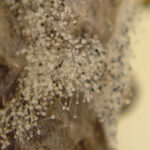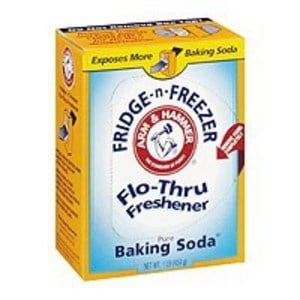Students and teachers spend hours each school day in the classroom. For those individuals with allergies, the classroom may pose a serious health risk. The typical classroom hosts multiple allergens that could trigger allergic response in sensitive individuals. Classroom allergens include: dust, perfume, mold, mildew, pets, scented stickers, markers, dust, pollen, paint fumes, food, and chalk dust.
Classroom Allergies and Medical Response
Before a school year begins, classroom teachers become familiar with medical concerns of their students. Each school has its own action plan for medical response, and states differs in laws regarding medications children may carry or use in schools.
When specific allergies are known, teachers meet with parents to sign forms, establish dietary limitations, and outline necessary intervention. Other school staff members who share responsibility for keeping allergy-sensitive students safe, include: school nurse, bus driver, school janitor, cafeteria staff, and school principal.
Classroom Allergy Intervention
Those students who suffer from environmental allergies may benefit from having an air purifier in the classroom. A child who can’t breathe easily or who is irritated by classroom allergens won’t engage fully in learning. Furthermore, a teacher suffering from allergies won’t perform at best, either. An air purifier may be the ideal classroom intervention for allergy sufferers.
Chalk Dust Sensitivities
One particular allergen often found in classrooms is chalk dust. During the 1980’s, many schools remodeled and took out chalkboards. But not all schools made the switch to whiteboards. That means many teachers still use chalkboards in classrooms today. When this is the case, students with a chalk dust allergy should sit a good distance away from the chalkboard, shouldn’t handle erasers, and should wash hands after touching any chalk. To avoid potential asthma symptoms, it’s best that a student with chalk dust sensitivities not handle chalk at all.
Whiteboard Advantages
Replacing chalkboards with whiteboards is a fairly inexpensive fix that can make a world of difference for anyone with a chalk dust allergy. What’s more, classroom whiteboards offer several advantages over chalkboards.
1.) Students can clearly read the board from across the room.
2.) Marker ink comes in a variety of colors to emphasize points or add visual appeal.
3.) Marker ink doesn’t enter the air to land in computers or get inhaled.
4.) Marker ink doesn’t dry out hands or get all over clothing.
5.) Some whiteboards have magnetic properties.
6.) Whiteboards work as projection screens.
Chalkboard Advantages
Some teachers or students may be highly sensitive to the fragrance in markers or whiteboard cleaners. Using a chalkboard may be preferred, in such a case. If so, it’s best to use dustless chalk. Dustless chalk particles break off in larger chunks and fall to the floor. Another chalkboard advantage is that individuals with sensitivity to glare or those with sight impairment may find chalkboards to be easier on the eyes.
A new school year means new allergic response concerns for teachers. Allergies must be taken seriously. That means teachers need to make necessary changes in the classroom to protect allergy-sensitive students.





